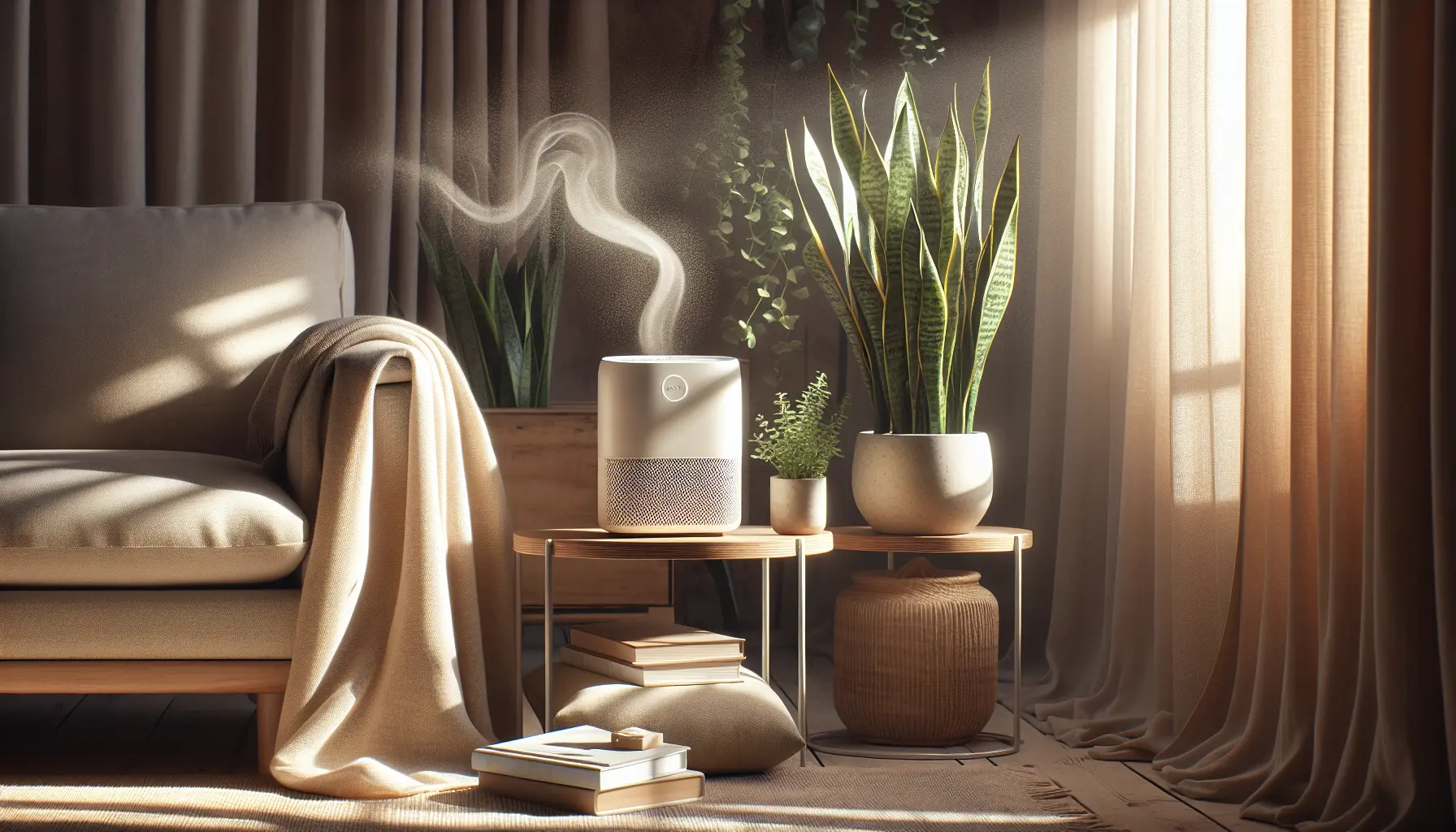Feeling like you’re allergic to a specific place you love, like your childhood home, can be incredibly frustrating and isolating. You’re fine elsewhere, but the moment you step inside, the itchy eyes and sniffles begin. At HistamineFix, we understand this isn’t just in your head. This pattern is a key clue, and it often points to an overflowing ‘histamine bucket’—a concept we can help you understand and manage.
Why Does This Only Happen in That House? The Histamine Bucket
Think of your body’s tolerance for histamine as a bucket. Day-to-day, things like diet, stress, and pollen add a little bit of histamine (water) to your bucket. For the most part, your body drains it effectively, and you feel fine. However, a space with a high concentration of triggers like dust and mold spores can pour a huge amount of water into your bucket all at once. This sudden overflow is what causes symptoms like itchy eyes, a runny nose, or even skin rashes to appear. You may feel fine in your own home because the everyday histamine ‘load’ is low enough to stay below the brim of your bucket. Your childhood home, however, is the trigger that makes it spill over.
When It’s More Than a Classic Allergy: Mast Cells Explained
While you might have a true allergy (an IgE-mediated response), your intense reaction could also involve Mast Cell Activation Syndrome (MCAS). Mast cells are a key part of your immune system. In a classic allergy, they release histamine when they encounter a specific allergen. But in people with MCAS, these mast cells are overly sensitive and can be ‘triggered’ by things that aren’t true allergens—including mold, dust, temperature changes, stress, and even certain chemicals. This is why standard antihistamines might not be enough; they only block the effects of histamine after it’s been released. The key is to support the mast cells so they are less ‘trigger-happy’ in the first place.
Your Body’s ‘Cleanup Crew’: DAO, HNMT, and Histamine Metabolism
Once histamine is released, your body has a cleanup crew of enzymes to break it down. The two most important are Diamine Oxidase (DAO), which primarily works in your gut, and Histamine N-methyltransferase (HNMT), which works inside your cells. Some people have genetic variations (in genes like DAO, HNMT, or MTHFR) that can make these enzymes less efficient. Poor gut health can also lower your DAO levels. If your cleanup crew is working slowly, histamine from that dust and mold exposure builds up much faster, leading to stronger, longer-lasting symptoms. It’s not that you’re producing more histamine than someone else; you’re just not clearing it as quickly.
Actionable, Budget-Friendly Tips for Your Next Visit
You don’t need expensive gadgets or to avoid your family forever. Managing your visit is about lowering your histamine load before and during your stay.
Before You Go:
- Eat Low-Histamine: A few days before your trip, focus on fresh, unprocessed foods. Temporarily reduce high-histamine culprits like aged cheeses, fermented foods (sauerkraut, yogurt), cured meats, and alcohol.
- Prioritize Sleep & Calm: Stress is a major mast cell trigger. Good sleep and a few moments of calm can help keep your histamine bucket from getting too full before you even arrive.
While You’re There:
- Request Fresh Air: Ask your family if they can open the windows in your room for an hour or two before you get there to air things out.
- Bring Your Own Pillowcase: Packing your own freshly laundered pillowcase is a simple, free way to ensure your face isn’t directly exposed to dust mites all night.
- Damp-Dust Your Space: If you can, take a damp cloth and wipe down the hard surfaces in the room where you’ll be sleeping. This traps dust instead of sending it airborne.
- Try a Saline Rinse: Using a saline nasal spray or a neti pot can help physically wash allergens out of your nasal passages, providing immediate relief.
Conclusion
Feeling overwhelmed by your body’s reactions is understandable, but these strong signals are not a sign of weakness—they are valuable information. Your sensitivity to this specific environment is a powerful clue that can guide your healing journey. By understanding the interplay between external triggers and your internal histamine balance, you can start to take small, meaningful steps toward feeling better. Begin by tracking your symptoms and noticing patterns with our HistamineFix tools, and consider exploring our 6-Step Reset Plan to build a foundation for lasting relief.

